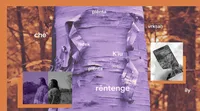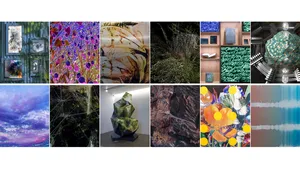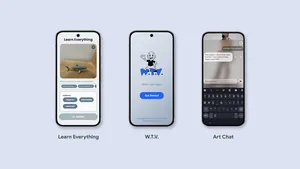Preserving languages and the stories behind them

To celebrate the first year of UNESCO’s International Decade of Indigenous Languages, seven more indigenous languages are now available on Woolaroo — a Google Arts & Culture experiment that uses machine learning to preserve and help people explore endangered languages.
On average, a different language becomes extinct every 14 days. And of the 7,000 languages currently spoken around the world, more than 3,000 are under threat of disappearing — along with the rich cultures they represent.
Thanks to a collaboration with our global partners, ranging from language communities to national language institutes, you can now discover the languages of Maya, Tepehua, Sanskrit, Vurës, Kumeyaay/Diegueño, Potawatomi and Serravallese, spoken across Mexico, South Asia, the South Pacific, the United States and Italy. Simply choose a language, take a picture of an object, and Woolaroo will return the translation for it thanks to the Google Cloud Vision API.
Discover stories from endangered language speakers
For the first time on Google Arts & Culture, you can find stories written by the speakers of these languages. In these accounts, they share the cultures they’re connected to and how they’re using technology to promote language learning and preservation.
Using Woolaroo is easy: Simply take a photo, and see the words for your surroundings appear in the language of your choice.
In partnership with Mexico’s National Institute of Indigenous Languages (INALI), Woolaroo now supports two of Mexico’s indigenous languages, Maya and Tepehua. Google Arts & Culture also now houses the stories behind these languages and photography celebrating the people who speak them.
The Vurës speakers on the South Pacific’s most linguistically diverse island nation share what makes their language and culture "... different from all others in Vanuatu and around the world."
Potawatomi tribe members don traditional regalia and share perspectives on their language and culture through a story and photography collection.
Explore a collection of stories and photography that shares the perspectives of speakers from Rapa Nui to North Africa.
Our Potawatomi tribe partner, Justin Neely, is using Woolaroo to promote and preserve the Potawatomi’s language, Bodéwadmimwen, among students and young people. “Words, phrases and verb conjugations show how the Potawatomi see the world — with an emphasis on connection to the earth, a high regard for mother nature and living beings, and a communal lifestyle,” says Neely. Neely felt that Woolaroo would suit children in particular, allowing them to use technology as a way to explore their heritage.
Explore more languages and communities on Google Arts & Culture, in the iOS or Android app and, and at g.co/woolaroo.







